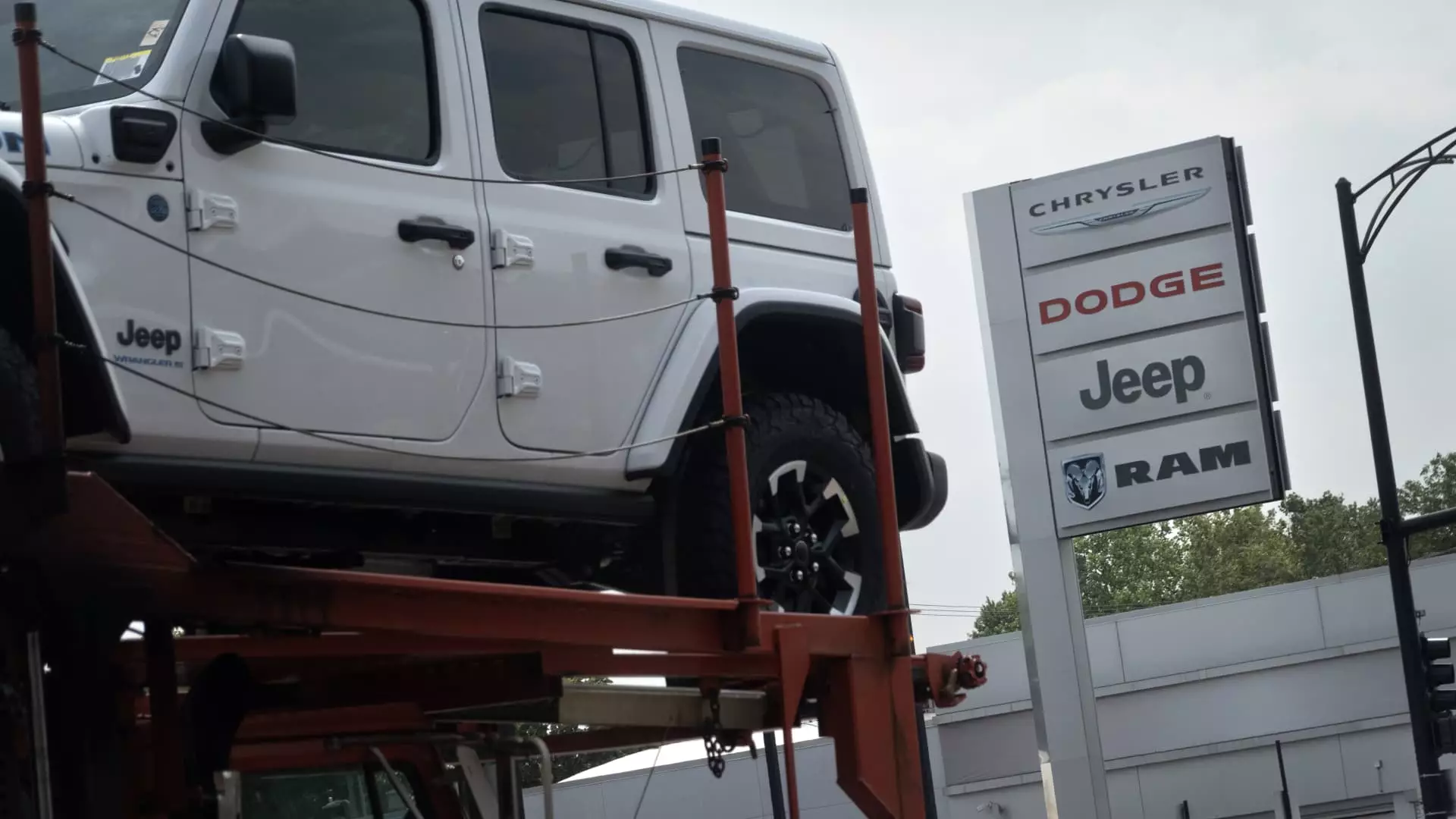The first half of the year has shown a 2.9% increase in U.S. auto sales compared to the previous year, but experts are cautious about maintaining this momentum through the year-end. The growth is expected to slow down in the next six months, with sales reaching approximately 15.7 million units, marking a modest 1.3% increase from 2023. Cox Automotive, a renowned auto data and research firm, highlights growing concerns surrounding the economy, interest rates, and the upcoming U.S. presidential election as key factors that may impact the industry‘s performance.
Unlike previous years, where consumer sales were driving growth, the current surge in sales is primarily attributed to commercial purchases. This shift raises doubts about the sustainability of the industry’s growth trajectory. The increasing vehicle inventory levels and rising incentives present challenges for automakers, particularly in maintaining profitability and competitive pricing strategies. The prevailing uncertainties in the market pose a significant hurdle for manufacturers looking to capitalize on recent successes.
Impact on Automakers and Consumers
While the current market conditions favor consumers by offering abundant choices and competitive prices, automakers face mounting pressure to navigate the evolving landscape. The disruption caused by the global pandemic has significantly altered consumer behaviors and preferences, leading to fluctuations in demand for new vehicles. This shift poses a challenge for automakers, many of whom have recently enjoyed record profits amidst high demand and limited supply.
General Motors, Toyota Motor, and Honda Motor are projected to be the top performers in the first half of the year, with expectations of continued growth in the coming months. Toyota’s consistent performance may position it as a strong competitor to GM for the top spot in U.S. auto sales. However, not all automakers are faring as well, with companies like Tesla and Stellantis experiencing declines in sales. Stellantis, in particular, is facing challenges in addressing operational issues that have impacted its market position and investor confidence.
Industry Challenges and Opportunities
The rise in rental, commercial, and leasing sectors indicates a changing landscape within the automotive industry, with an emphasis on diversified revenue streams. Retail sales are expected to decline, reflecting a shift in consumer behavior and market dynamics. The transition from a seller’s market to a more balanced environment signals a paradigm shift for dealers and manufacturers alike, necessitating strategic adaptation to sustain profitability and competitiveness.
The U.S. auto industry is at a crossroads, grappling with uncertainties and challenges that may shape its trajectory in the coming months. While consumer demand remains strong, automakers must navigate a complex landscape influenced by economic factors, market dynamics, and shifting consumer preferences. Adapting to these challenges will be crucial for industry players to thrive in an ever-evolving market environment.

